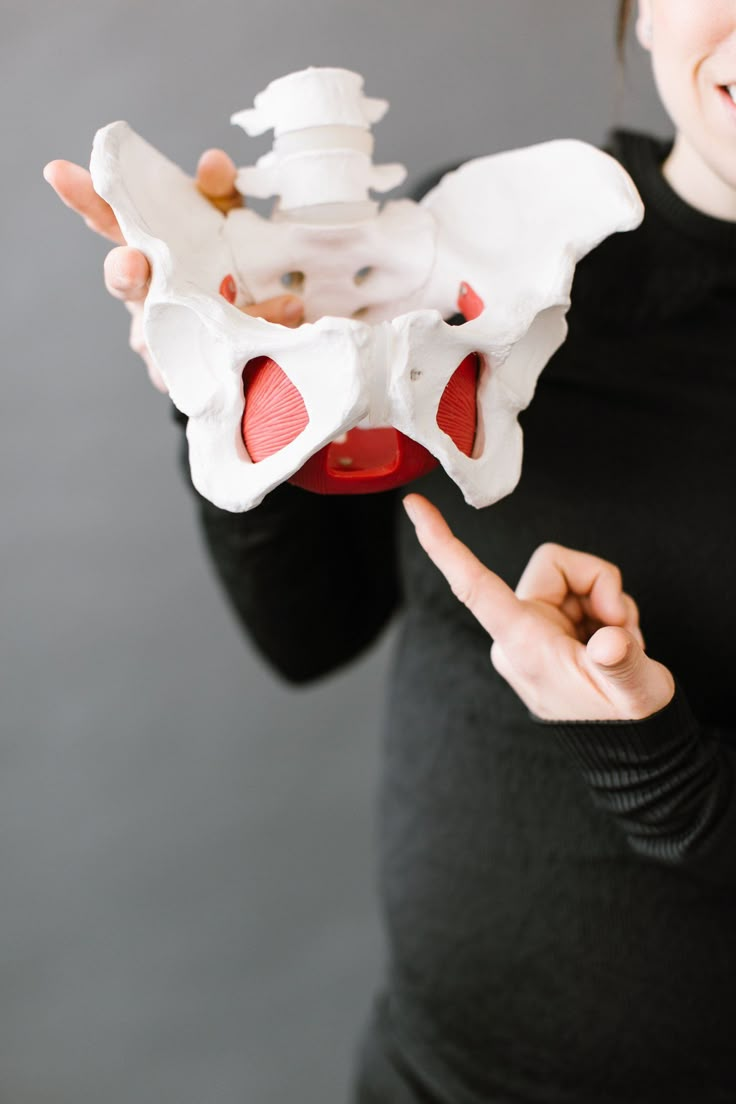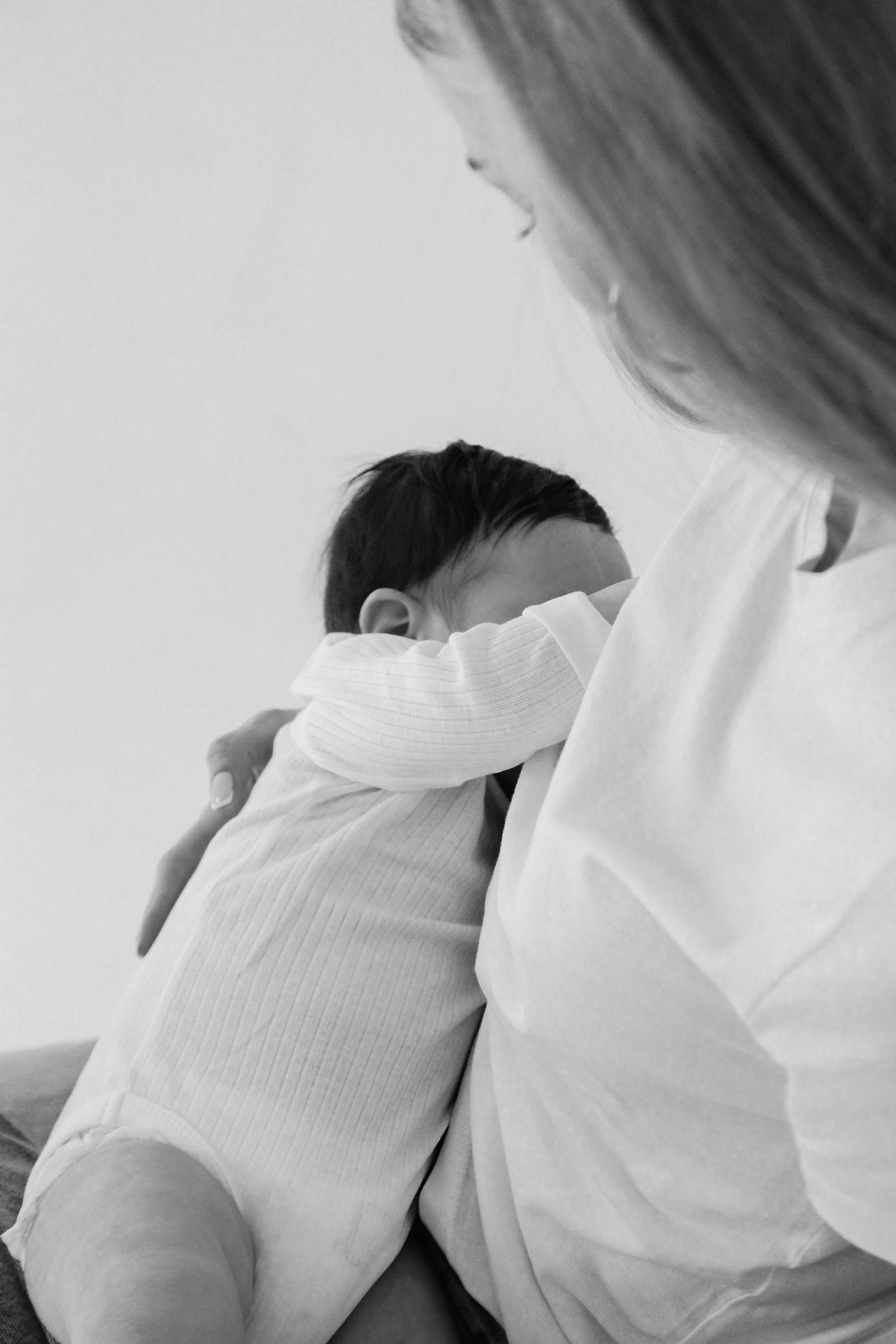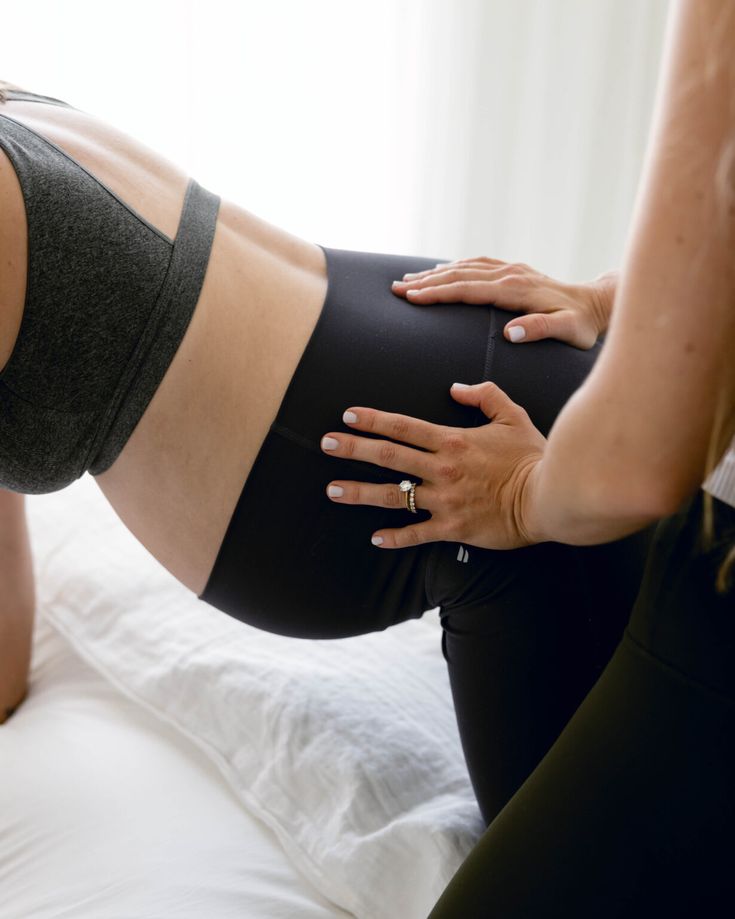Pelvic Floor Dysfunction
by Laura Barrett

The pelvic floor is a group of muscles, ligaments and connective tissue that attach from the pubic bone at the front of your pelvis, running like a hammock to your tailbone at the back.
The pelvic floor has several functions. It supports your pelvic and abdominal organs. It maintains bladder and bowel control. It helps the core muscles support the spine. It aids in achieving orgasm. And, during pregnancy it helps rotate the baby’s head into the correct birth position.
Why does the pelvic floor muscle become dysfunctional?

How Pregnancy Affects Pelvic Floor Muscles
Let’s look first at pregnancy. In pregnancy oestrogen, progesterone and relaxin levels rise significantly causing ligament laxity, affecting the many ligaments supporting the pelvis and pelvic floor muscles. Therefore, the pelvic floor muscles need to work harder to support the pelvis and the growing uterus.
Childbirth, especially following delivery of a large baby, if forceps have been needed, if you have a natural tear or required an episiotomy or had prolonged pushing during delivery can also lead to pelvic floor dysfunction.

Postnatal Hormonal Shifts and Incontinence
After delivery, oestrogen and progesterone levels fall rapidly. If you are breast feeding you have an increase in the hormone prolactin, which is a milk producing hormone. Prolactin temporarily blocks oestrogen production, keeping oestrogen levels low. Low oestrogen has many effects on the vaginal tissue but also leads to lower flexibility and increased stiffness of the pelvic floor muscles. This can change cervix position which decreases the ability of the urethra sphincter and urethra to contract, which can lead to incontinence.
In general life, pelvic floor function can also affected by chronic constipation, chronic coughing and persistent heavy lifting with bad technique.
What are the signs of pelvic floor dysfunction?

The Pillars of Pelvic Floor Health
The pelvic floor needs to be strong, flexible, able to co-ordinate well with other muscles, adaptable to different loads and pressures, and be able to relax. A pelvic floor should be strong not tight! Any changes to these components can cause dysfunction. Signs of pelvic floor dysfunction are either related to passing urine, passing stools, sexual function or pain.

Pelvic Floor and Urinary Symptoms
Urinary concerns associated with pelvic floor weakness include leaking of urine, urgency of urination, feelings of heaviness or pressure. With pelvic floor tightness you may experience difficulty starting or maintaining the stream of urine, pain with urinating, needing to push to urinate or a sense of incomplete emptying.

Bowel Symptoms You Shouldn’t Ignore
With bowel function, if your pelvic floor is weak, you may experience the inability to hold in a stool or wind or have urgency with needing to pass a stool. If the pelvic floor is too tight you may experience constipation, the strong need to strain, sensation of incomplete emptying, pencil thin stools, heamorrhoids or pain on passing a stool.

How Pelvic Floor Imbalance Affects Intimacy
For Sexual function a weak pelvic floor may lead to loss of sensation or the inability to orgasm. With pelvic floor tightness you may have pain during or after intercourse or pain with orgasm.
Generally, a tight pelvic floor can also cause pelvic pain, burning, throbbing, heaviness or hip pain.
If you have any of these symptoms, during your pregnancy or postnatally you should see a women’s health physiotherapist for an assessment.

Laura Barrett
TMP Collaborator

